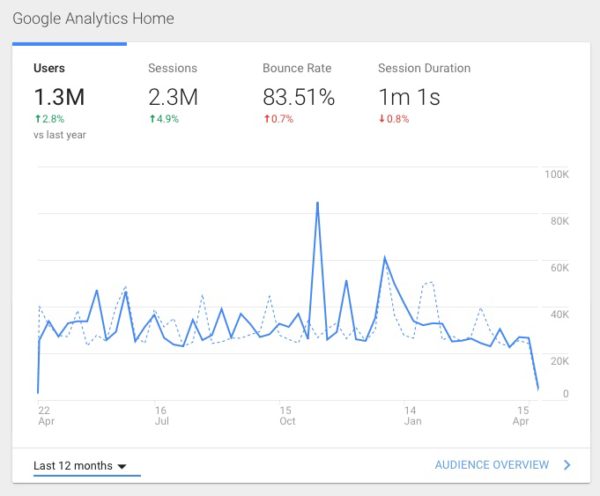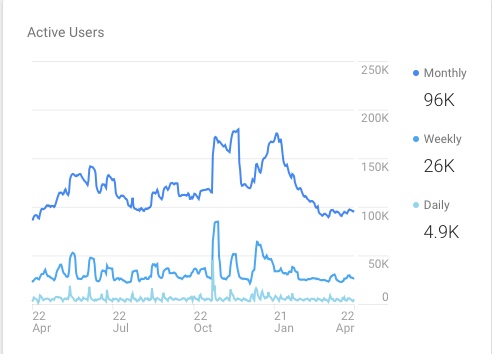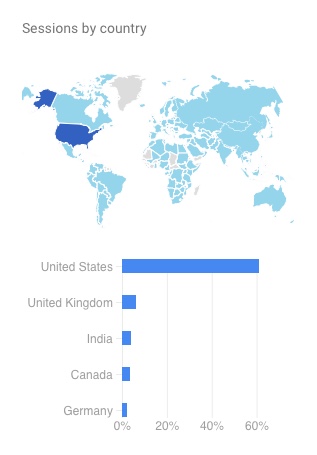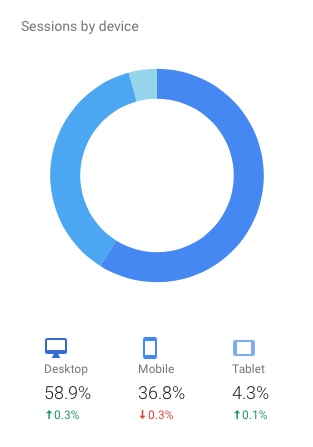Email, Twitter, Blog
I exchanged emails today with someone who wanted to connect with me on LinkedIn.
I told him that “I don’t do LinkedIn.”
I have a profile there and I use it regularly as a resume database to check out people. I keep a profile there so others can do the same.
But beyond that, I don’t do LinkedIn.
So to everyone who is sending me messages via LinkedIn, please know that I am not reading them. I suspect that is obvious to anyone who has tried that approach more than a few times.
The same is true of many social platforms. I have profiles on Facebook, Instagram, Snapchat, and a bunch more social platforms. But I don’t use them.
For me, the trifecta is email, twitter, and this blog.
That is a pretty large surface area via which folks can connect with me.
Email is hit or miss. I get hundreds of emails into my “Important” inbox on Gmail and hundreds more than don’t get into “Important” and thus don’t get read by me. Though I try to read every message and actually do respond to hundreds every day, I don’t get to all of my email.
I am better with Twitter. I read every notification that I get and respond to many.
And this blog is yet another place people can reach me.
I understand that it is frustrating to reach me and that I can be unresponsive.
But if you stick to email, twitter, and this blog, you have the best chance of getting a response from me.



